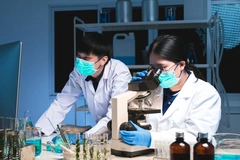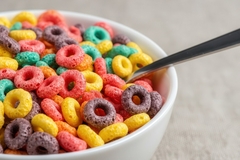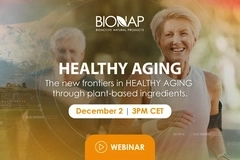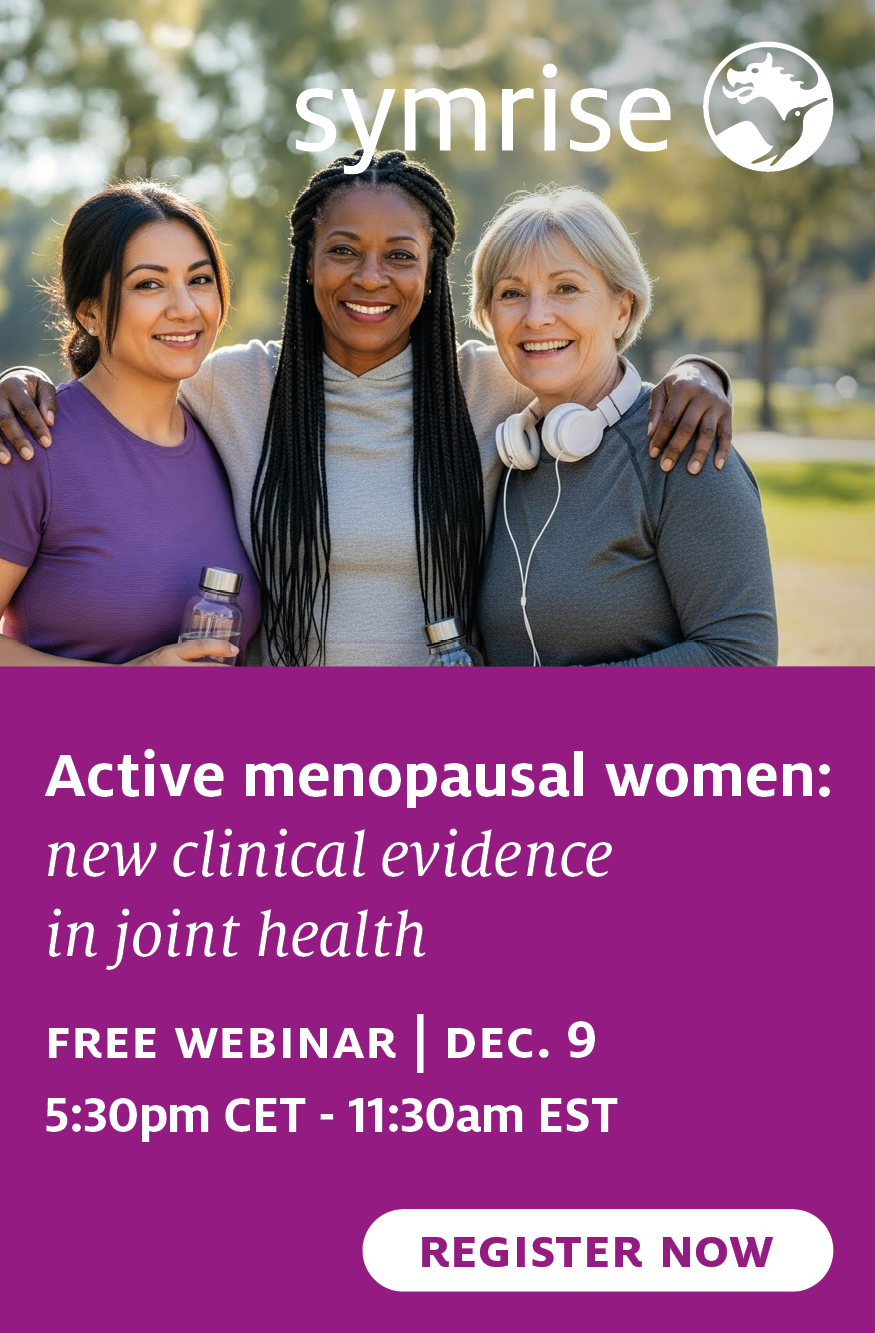A “radical” approach to free radicals: Hobamine touted as “breakthrough” non-antioxidant
05 Jan 2023 --- 2-HOBA has entered the spotlight, positioned to support the entire body and immune system by improving balance at the cellular level.
Hobamine is TSI Group’s form of the naturally occurring compound 2-hydroxybenzylamine (2-HOBA). It is marketed as “the only nutritional intervention known to date that specifically targets the negative impact of oxidative stress” without blunting the body’s normal, healthy processes.
“Hobamine could easily become the next new vitamin C or vitamin D in terms of consumer acceptance,” comments VP of business development at TSI Group Shawn Baier. “It is a defender of every cell in the body.”
Health at the microscopic level
TSI Group emphasizes that cellular health is the foundation of overall health and is especially important as we age.

“Cellular health matters because it has an important impact on how well the body functions, repairs itself, produces new body tissue and much more,” says principal investigator John A. Rathmacher, Ph.D.
Cells form tissues, tissues form organs and organs form systems that make up the body. Cellular health is the microscopic version of overall health – the healthier our cells, the healthier our body will be.
“Everyone is exposed to excessive amounts of oxidative stress through the environment, our diet, lack of sleep, anxiety and even how much we exercise,” Baier adds. “We are constantly exceeding the threshold for what our bodies can process.”
 2-HOBA may capture IsoLGs before they cascade into damage of proteins, DNA and lipids (Credit:TSI Group).Not an antioxidant
2-HOBA may capture IsoLGs before they cascade into damage of proteins, DNA and lipids (Credit:TSI Group).Not an antioxidant
Hobamine is notably not an antioxidant, despite its mechanism of action against the impact of free radicals.
“How is it different? That was by far the most common question at SupplySide West,” says Baier.
2-HOBA acts as a circuit breaker that “captures” the adverse effects of oxidative stress downstream.
By contrast, antioxidants avoid the development of oxidative stress in the first place by reducing reactive oxygen species (ROS).
“Attempts to interfere with ROS too far upstream have the potential to disrupt desired cellular processes driven by mild oxidative stress,” warns Rathmacher.
Shift in paradigm
The latest findings suggest that optimal cellular health results from a balance between ROS formation and clearance rather than working to eliminate ROS.
“Most people think of free radicals as bad. However, ROS are perfectly normal as long as we don’t have too many of them. In fact, they play crucial roles in normal physiologic functions and immune defense,” says Rathmacher.
Oxidative stress occurs when ROS levels exceed a normal balance, resulting in detrimental effects on cells.
Damage can occur when ROS reacts with lipids, and a highly reactive molecule called an IsoLG is created. IsoLGs are one of the common downstream products of oxidative stress.
 Exogenous free radicals come from environmental sources, such as smoking, pollution, UV light and alcohol consumption. Targeted elimination of IsoLGs
Exogenous free radicals come from environmental sources, such as smoking, pollution, UV light and alcohol consumption. Targeted elimination of IsoLGs
2-HOBA is positioned to neutralize IsoLGs before they have a chance to react with DNA, proteins and other delicate cellular components.
As a result, it decreases inflammatory cytokine expression and increases anti-inflammatory cytokine expression, thereby helping to maintain a healthy immune system balance.
“Hobamine is a game changer because IsoLGs have been specifically linked to dysfunction in many different cell types, and it’s the first time that we can do something about it,” underscores Rathmacher.
2-HOBA’s success owes much to the great speed with which it can sequester IsoLGs and prevent downstream modification of DNA and proteins, he adds.
As Baier puts it: “The Hobamine story is about the villain versus the hero. The bad guy is what happens when everyday stress results in highly reactive free radical compounds. The hero, Hobamine, sweeps in to lock out the bad guys, creating a compound that is mere waste.”
Types of ROS
There are two sources of ROS that can affect cells: endogenous and exogenous. Endogenous ROS are normal, natural byproducts of oxygen metabolism in mitochondria.
“Think of a car engine that combines fuel with air to provide energy to move the car and releases exhaust. ROS could be called the exhaust that comes from a combination of food and the air we breathe inside our mitochondria as it generates ATP. It can be affected by diet, exercise and being overweight.”
Exogenous ROS comes from environmental sources, such as smoking, pollution, UV light and alcohol consumption.
More research to come
While preliminary data looks positive, Baier affirms there are more studies in the works.
“We are investing a lot of time and resources into Hobamine because we believe in it,” adding that results of a new study will soon be released.
The research will look at Hobamine’s impact on key metabolic biomarkers of immune health in normal, healthy subjects. The company theorizes the ingredient’s ability to support cell health will have a positive impact on the immune system.
By Missy Green

















